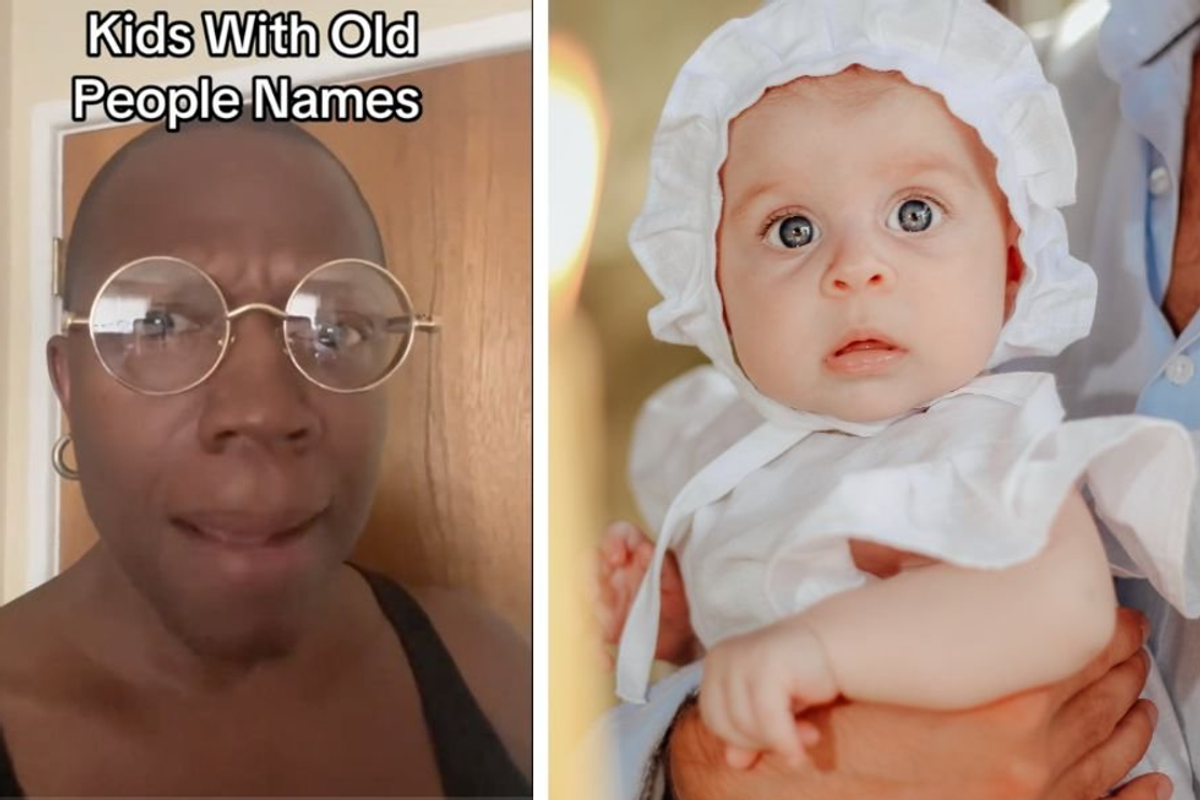Barilla has Spotify playlists perfectly timed to cook each of their pasta shapes al dente
This is so clever.

Cue up some Mixtape Spaghetti and get your al dente on.
A pasta brand having a Spotify account is unexpected to begin with, but a pasta brand creating Spotify playlists specifically to help people cook their noodles perfectly al dente is exactly the kind of unexpected the world needs more of.
Barilla, the famous Italian pasta brand, is cleverly using Spotify as a kitchen timer for its various styles of pasta. Say you're planning on cooking up some penne pasta tonight. All you have to do is boil some water, pour the pasta in, turn on Barilla's "Pleasant Melancholy Penne" playlist, and dance around your kitchen (or make your sauce or whatever) until the music stops. Then you know it's time to drain and serve.
The playlists are pasta shape specific. For instance, Mixtape Spaghetti is exactly 9 minutes long for perfectly cooked spaghetti noodles while Boom Bap Fusilli is 11 minutes because those little corkscrews take a bit longer to cook. Look at those playlist names. Timeless Emotion Fusilli? Moody Day Linguine? Someone in Barilla's marketing department has been having some fun.

What kinds of songs are on these playlists, you ask? It's a mixed bag. There's some Italian music, of course. But they've also got some Harry Styles, Dua Lipa, The Beatles, The Smiths and others as well. (Interestingly, a lot of the playlists have songs marked with an "E" for Explicit Content, so listen with discernment if you've got small kiddos who might embarrass you by singing out profanities in the grocery store.)

People have been utterly tickled to find out that Barilla is using Spotify in this way.
"This is an amazing random fun fact."
"Very cool! What a great marketing idea."
"This might be one of the best pieces of info I’ve ever received re cooking."
"That’s actually genius, cooking and vibing all in one."
"This is *chefs kiss* perfect! Thank you!!!"

What does al dente mean?
In Italian, al dente literally translates as "to the tooth," which doesn't help much with understanding what it means, except that the pasta should have a slight bit of resistance when you bite into it. Essentially, the ideal texture of cooked pasta should be soft but also slightly firm. Soft but firm but still soft—you know it when you bit into it. There's no gumminess and no chalkiness to al dente pasta. It's the perfect consistency for soaking up sauce without being mushy.
Most of the time, that means cooking pasta slightly less than the cook time indicated on the box. But Barilla pasta is known for being "always al dente"—at least that's how they've advertised their pasta for decades.
- YouTubeyoutu.be
What are the Italian rules for cooking pasta?
Wait, there are rules? Apparently so. Here are 5 rules of pasta cooking according to Eataly's Italian code of conduct:
1. Pair the right shape with the right pasta sauce.
"Fine delicate strands work best with light, smooth sauces while twisted shapes and wider ribbons can support chunkier sauces."
2. Never break pasta before cooking.
"It may be tempting to break long pasta shapes in half in order to fit them in the pot, but be warned: this is considered sacrilege in the Italian kitchen!"

3. The only utensil you need is a fork.
"Italians never cut their pasta so leave the knives for your secondo, per favore."
4. Master the twirling technique.
"If you're having difficulty, try this: ground the fork on the bottom of the plate and gently twirl to capture a forkful of pasta, making sure there aren't too many loose ends."
5. Avoid cheese with seafood pastas.
"In most cases, Italians never put grated cheese on pasta dishes that contain seafood. Instead, use a little bit of sautéed breadcrumbs with olive oil to garnish the dish."
There you go. All you need to make yourself a delicious bowl of Timeless Emotion Fusilli or Moody Day Linguine. Thanks, Barilla! (You can find their playlists here.)



 Worried mother and children during the Great Depression era. Photo by Dorthea Lange via Library of Congress
Worried mother and children during the Great Depression era. Photo by Dorthea Lange via Library of Congress  A mother reflects with her children during the Great Depression. Photo by Dorthea Lange via Library of Congress
A mother reflects with her children during the Great Depression. Photo by Dorthea Lange via Library of Congress  Families on the move suffered enormous hardships during The Great Depression.Photo by Dorthea Lange via Library of Congress
Families on the move suffered enormous hardships during The Great Depression.Photo by Dorthea Lange via Library of Congress

 Millennial mom struggles to organize her son's room.Image via Canva/fotostorm
Millennial mom struggles to organize her son's room.Image via Canva/fotostorm Boomer grandparents have a video call with grandkids.Image via Canva/Tima Miroshnichenko
Boomer grandparents have a video call with grandkids.Image via Canva/Tima Miroshnichenko
 Classic Film GIF
Classic Film GIF  Oh nothing, just Edyth, Arthur, and Iris hanging out at the park.
Oh nothing, just Edyth, Arthur, and Iris hanging out at the park.
 It helps that Golden Retrievers are notoriously friendly. Photo by
It helps that Golden Retrievers are notoriously friendly. Photo by